‘Mouth to Hell’ Crater Keeps Devouring Land Around It, and Nothing Can Stop It
A deep sinkhole in Siberia continues to worry locals and researchers in the region as it expands with each passing year, swallowing everything it comes into contact with.
Scientists have named the enormous sinkhole The Batagaika Crater. However, indigenous groups in the region have a different, more intriguing perspective. They refer to it as the “Mouth to Hell,” a name that reflects their superstitious beliefs about its potential as an entrance to the underworld.
The Batagaika Crater
In the early 1960s, a large crater appeared on the ground, not far from the tiny town of Batagay in Russia. In the decades that followed, the Mouth to Hell continued to grow at an unprecedented rate, devouring expansive parts of the landscape.
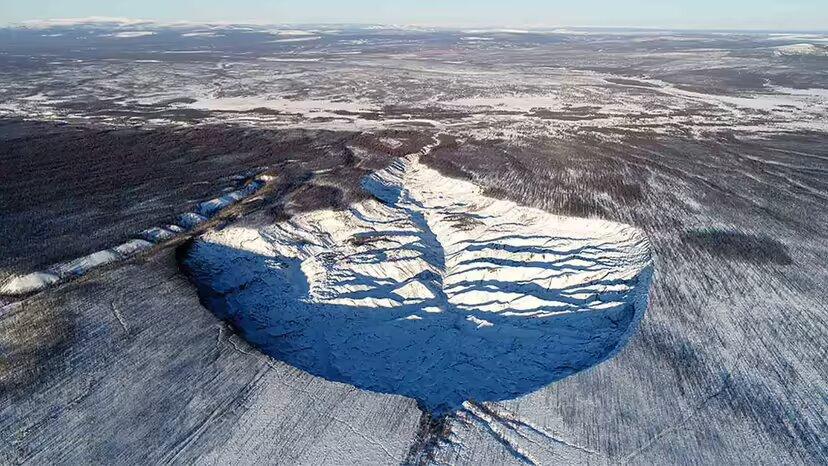
Source: Alexander Kizyakov/Lomonosov Moscow State University
Scientists have estimated the Batagaika Crater is currently over 1 kilometer long and around 86 meters deep. However, the hole continues to expand by around 10 meters annually.
The Expansion of the Batagaika Crater
Since the 1990s, experts surmise that The Batagaika Crater has eaten up a significant part of the Russian landscape, with the best estimates suggesting a loss of around 35 million cubic meters of soil.
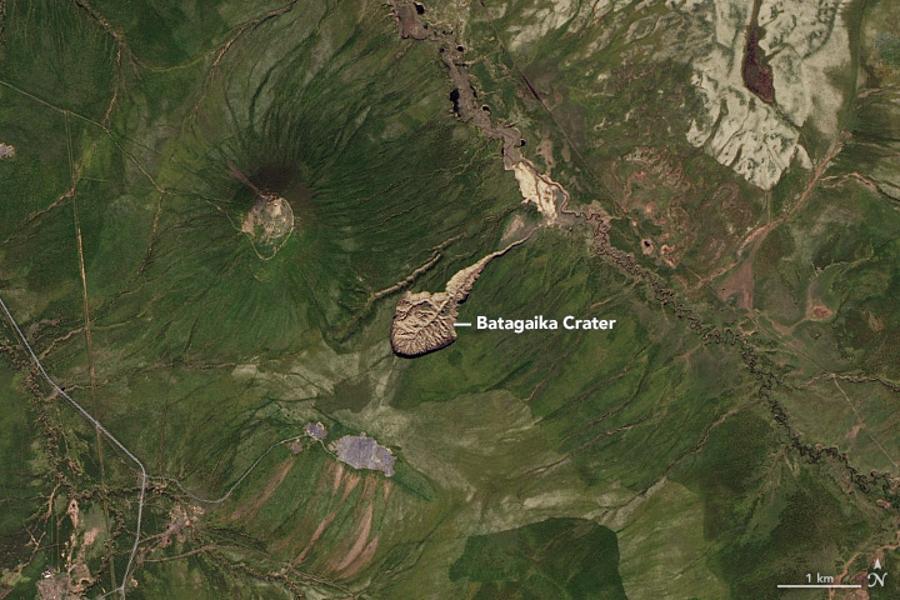
Source: Wikimedia
As the sinkhole continues to grow, it has revealed layers of soil that could date back over 650,000 years. If further scientific analysis proves this, it would confirm that the Batagaika Crater is the oldest sunken region in Eurasia.
How Did the Batagaika Crater Form?
One of the main theories that aims to explain how such an expansive sinkhole formed places the blame on heavy foresting, which took place in the region during the 1960s.

Source: Freepik
As the trees were cut down, vast swaths of land were exposed to heavy sunlight, which began melting the ice held in the soil. As this occurred, the surrounding landscape began sinking. As the frozen soil continues to melt, the Batagaika Crater grows.
Growing Interest Centered on The Batagaika Crater
The Mouth to Hell is expanding in a particular region of Russia, which has been under a thick blanket of snow and ice since the Quaternary Age, which began over two and a half million years ago.

Source: Freepik
This has intrigued researchers who have extensively studied the ever-growing sinkhole since the 1980s.
Locals in the Surrounding Regions Beginning to Worry
Locals living in the lands surrounding the enormous sinkhole are beginning to worry, as what’s become increasingly apparent to scientists is The Batagaika Crater’s expansion won’t be stopping any time soon.
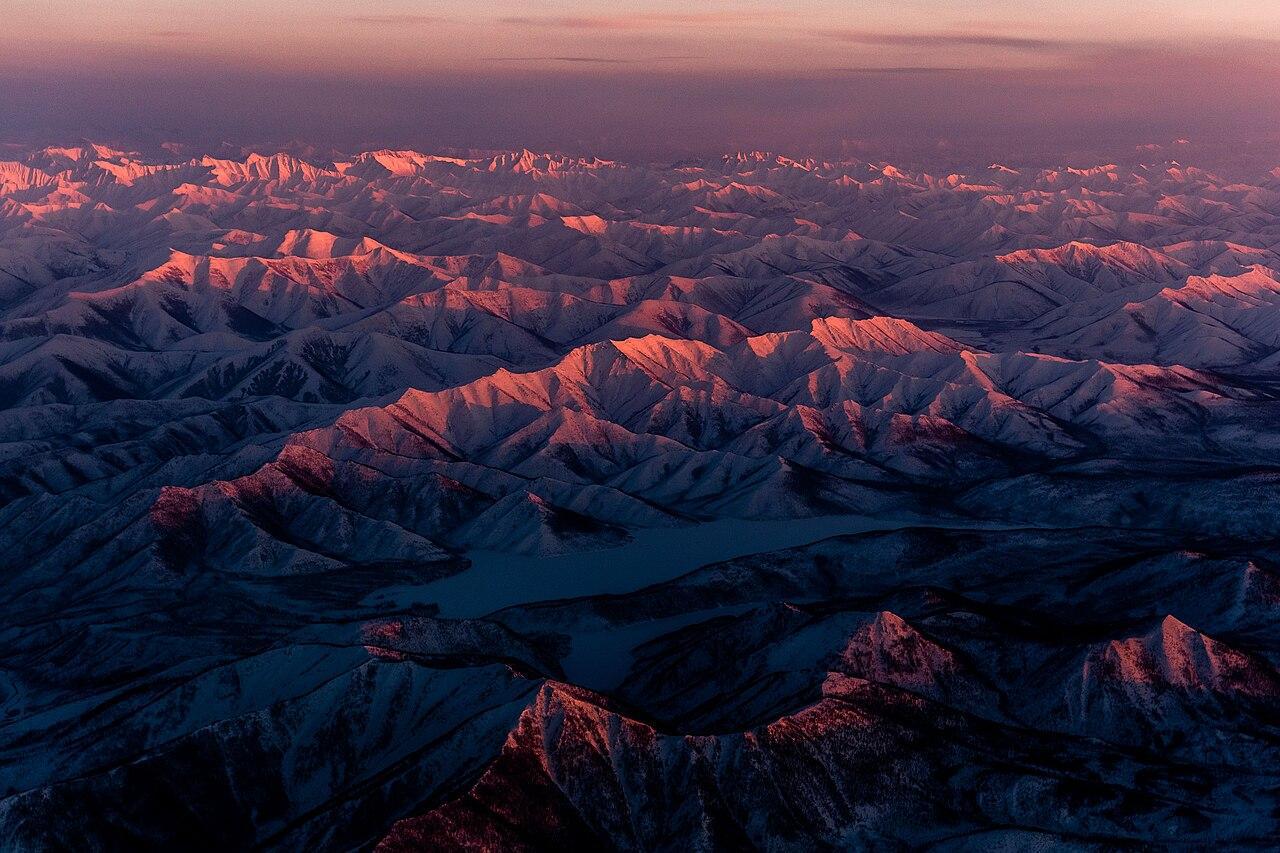
Source: Wikimedia
Should the growing of the sinkhole continue, it could begin to destroy the entire landscape and swallow up the land and homes of locals and indigenous groups who have lived in the region for generations.
Climate Change Further Increases Size of The Batagaika Crater
Experts who have studied The Batagaika Crater have also suggested that climate change has played a significant role in the sinkhole’s expansion.
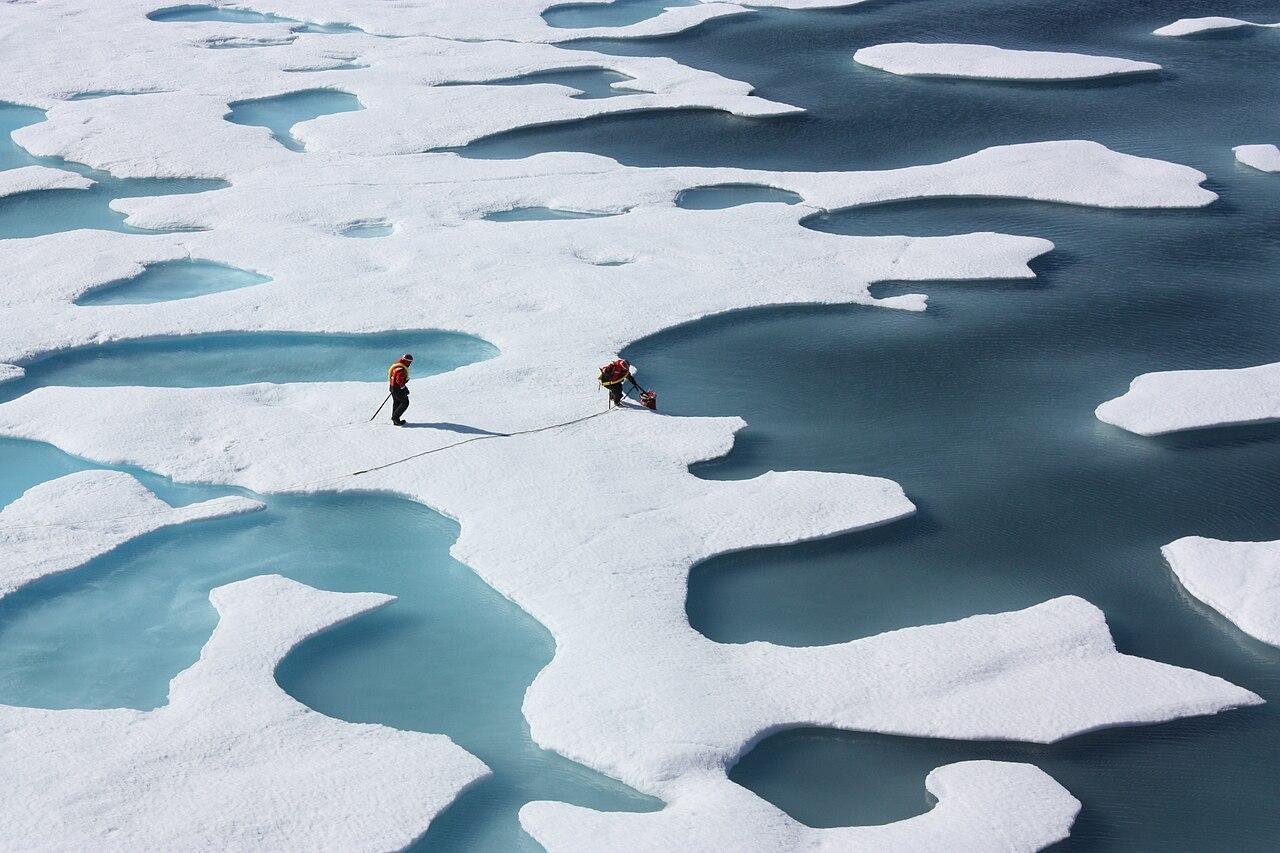
Source: Wikimedia
Rising temperatures have resulted in a rapid melting of permafrost not only in Russia but in regions around the world. As this occurs, the land surrounding sinkholes, such as the Mouth to Hell, becomes much less stable.
Experts Suggest More Sinkholes May Appear
As the effects of climate change continue to affect our planet, scientists believe we may see more sinkholes like this one in Russia appear in other parts of the world, bringing with it problems for local populations.
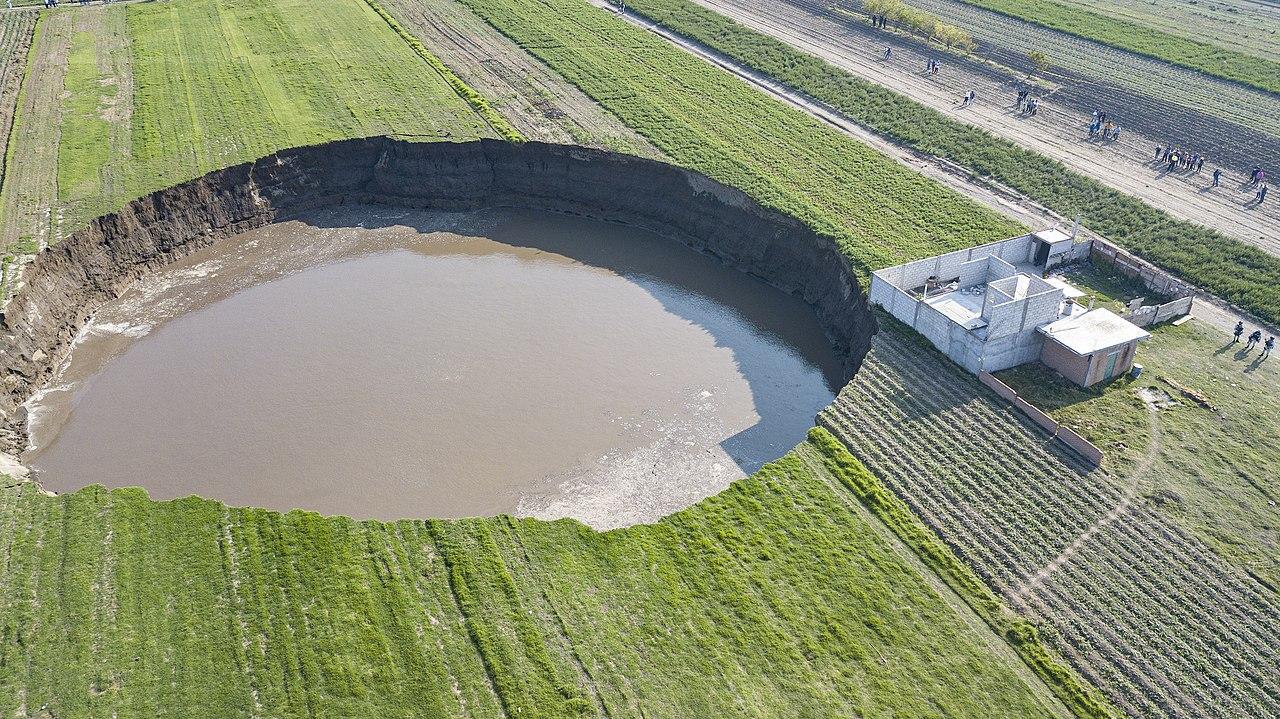
Source: Freepik
In the Yana Uplands of northern Yakutia, researchers discovered a crater has been releasing a substantial amount of carbon which was once encased within the ice. As these sinkholes grow in size, they also release harmful gases into the Earth’s atmosphere.
Will The Batagaika Crater Stop Growing?
Julian Murton, who has a PhD in permafrost sedimentology, shared his opinion on the sinkhole in the journal Permafrost and Periglacial Processes in 2023.

Source: Wikimedia
According to scientists, sinkholes will eventually stabilize and stop growing. He said The Batagaika Crater will “probably stabilize eventually,” suggesting that it will reach its limits in the near future.
Valuable Insight for Researchers
Later in the written piece, Murton claims the Batagaika Crater is “exceptional” for a plethora of reasons, including it provides valuable insight into the effects of thawing permafrost, which comes as a result of deforestation.

Source: Freepik
“Slump growth probably accelerated due to climate warming and wetting,” he said.
The Mouth to Hell
While scientists have extensively studied The Batagaika Crater in an attempt to better understand the effects of melting permafrost on the landscape, an indigenous group from the region steers clear of the sinkhole as they believe the Mouth of Hell could be an entrance to another realm.

Source: Wikimedia
The indigenous Yakut people, who believe in a spirit world, claim to have heard several unsettling booms coming from within the sinkhole.
Yakut’s Fear of the Mouth to Hell
The indigenous Yakut people live in harmony with nature and rely on fishing and hunting for sustenance. They believe the enormous sinkhole could be an entrance to another world.
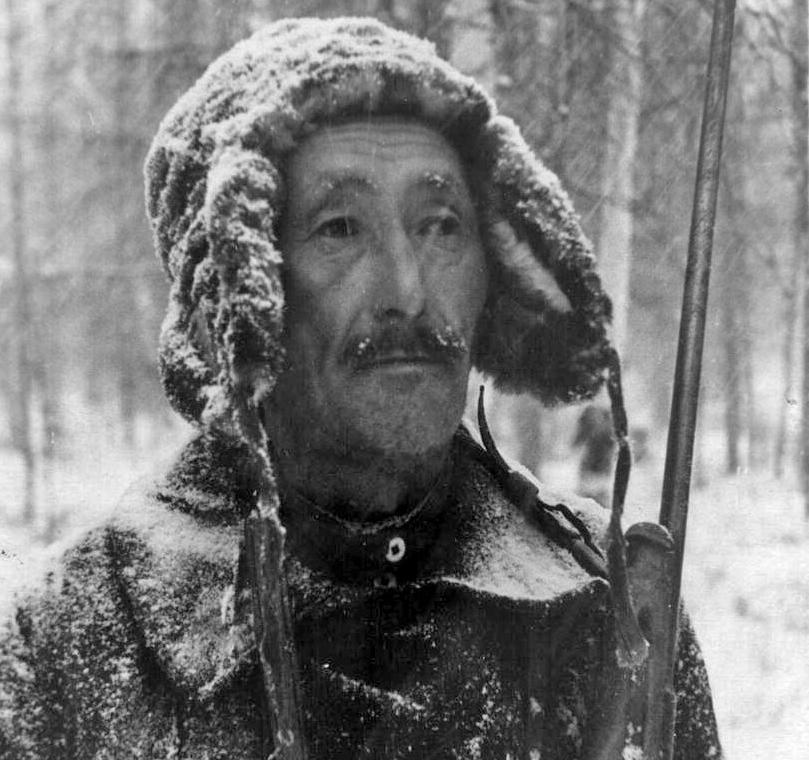
Source: Wikimedia
Murton, on the other hand, who’s worked at the sinkhole for some time, explained they know how deep The Batagaika Crater is, suggesting theres is no evidence to warrant the name Mouth to Hell.
